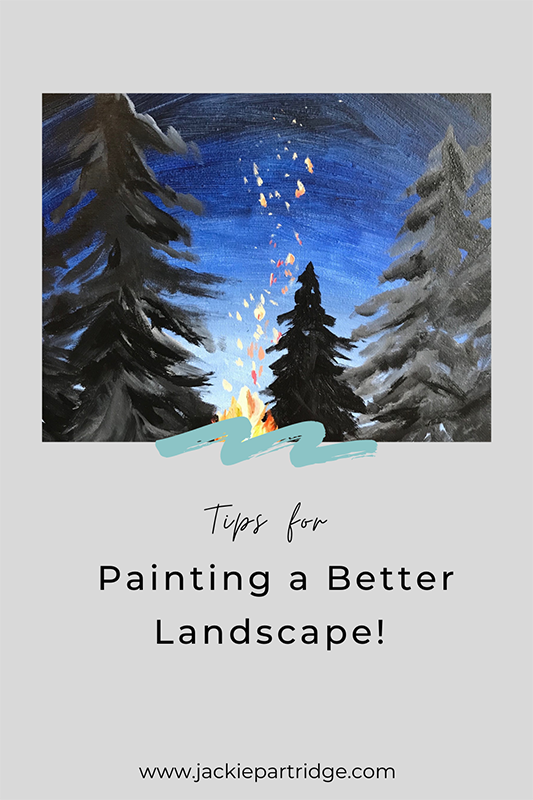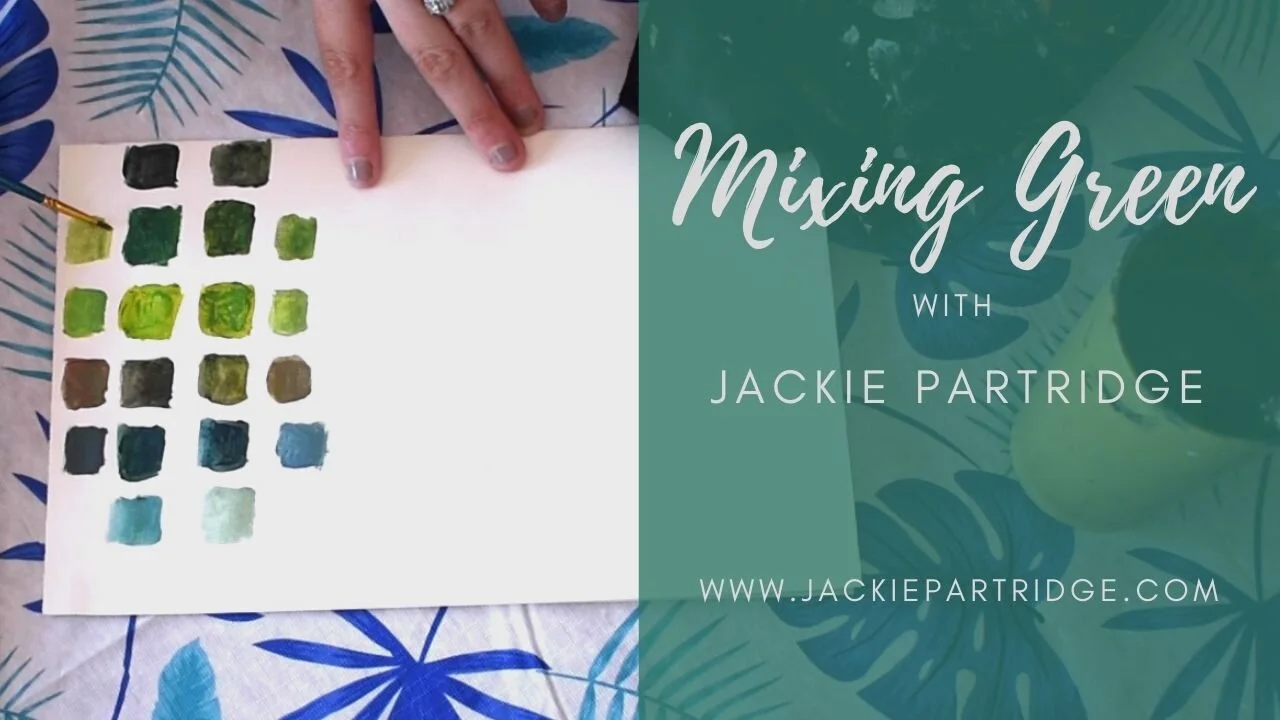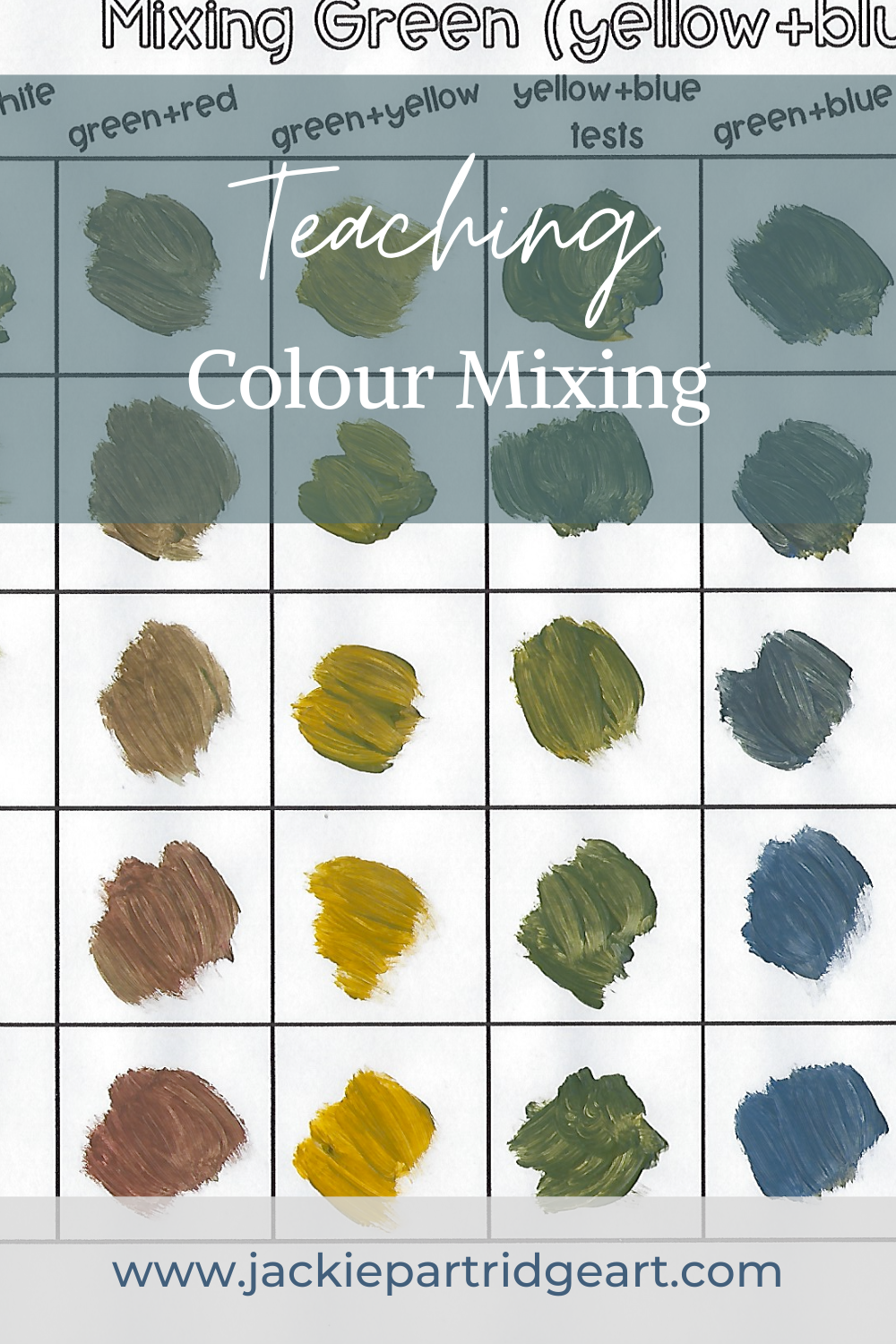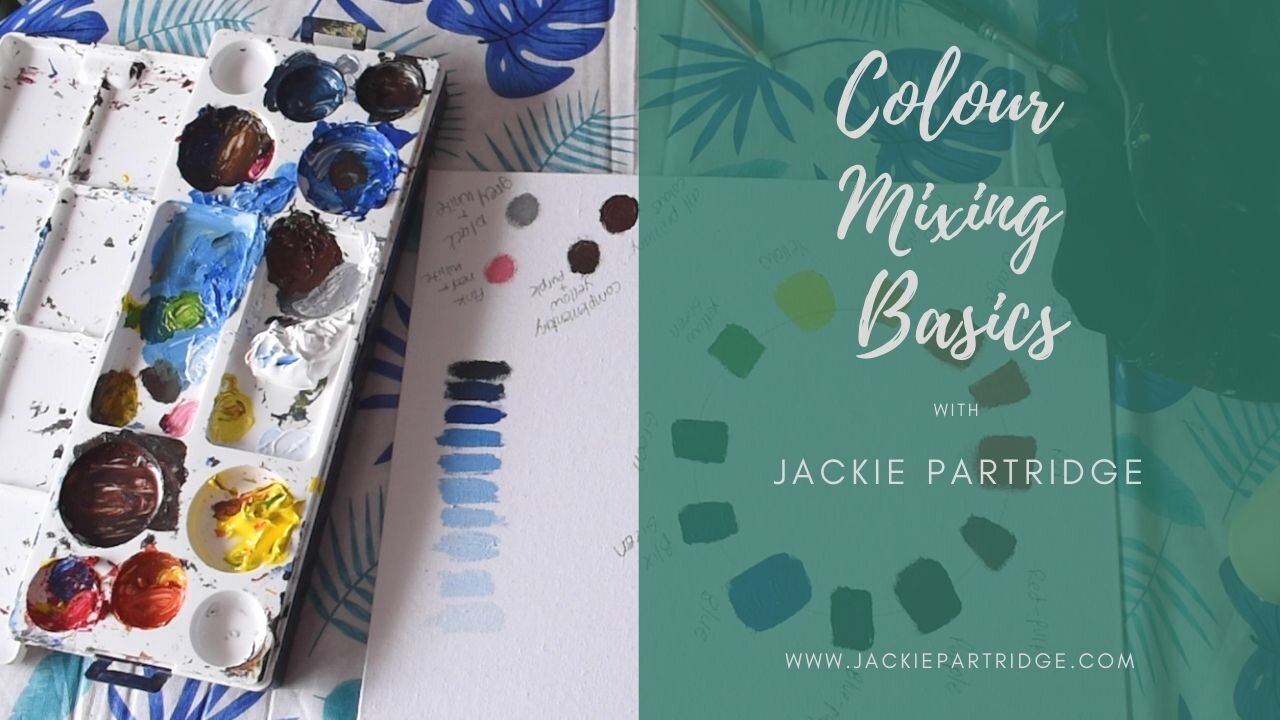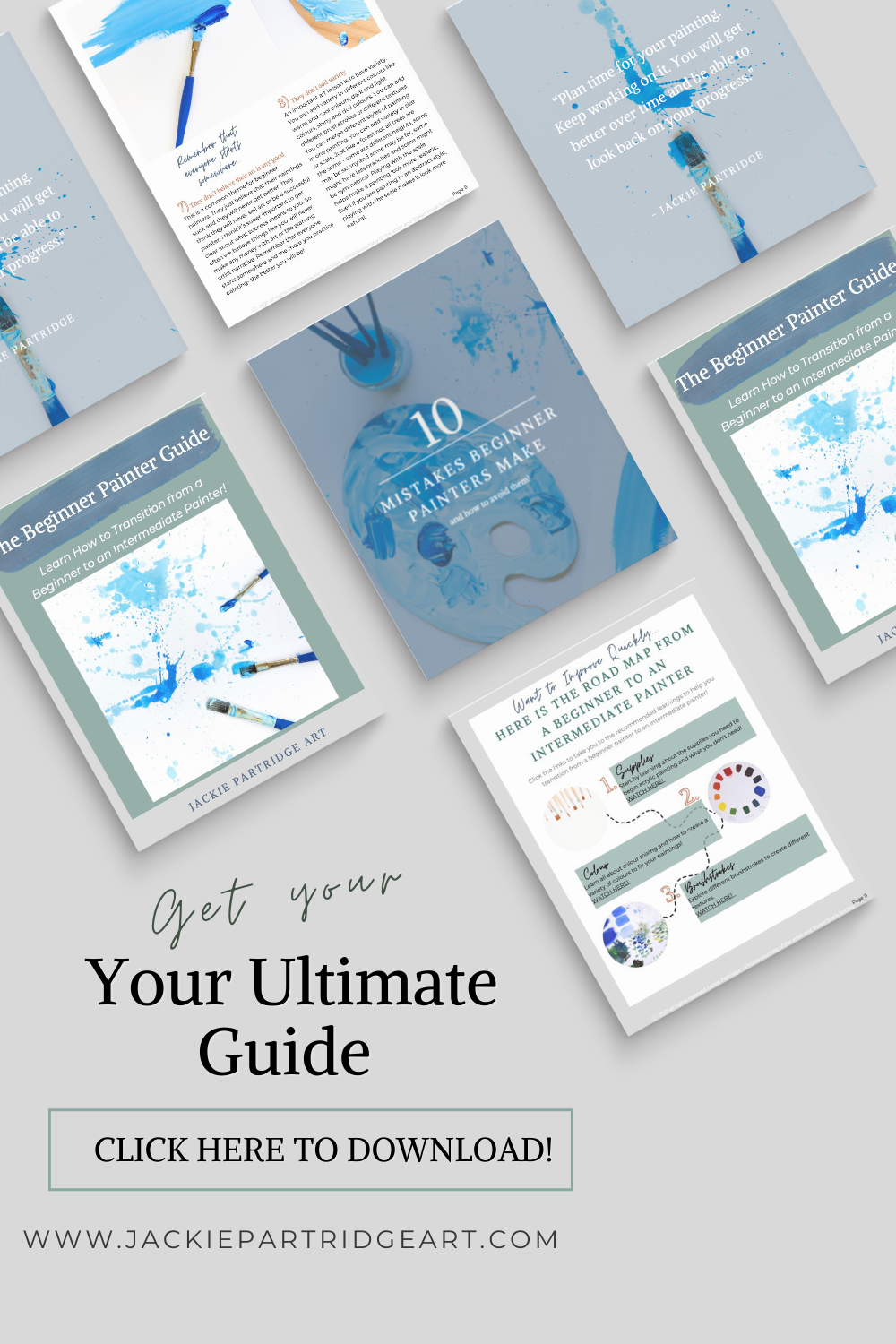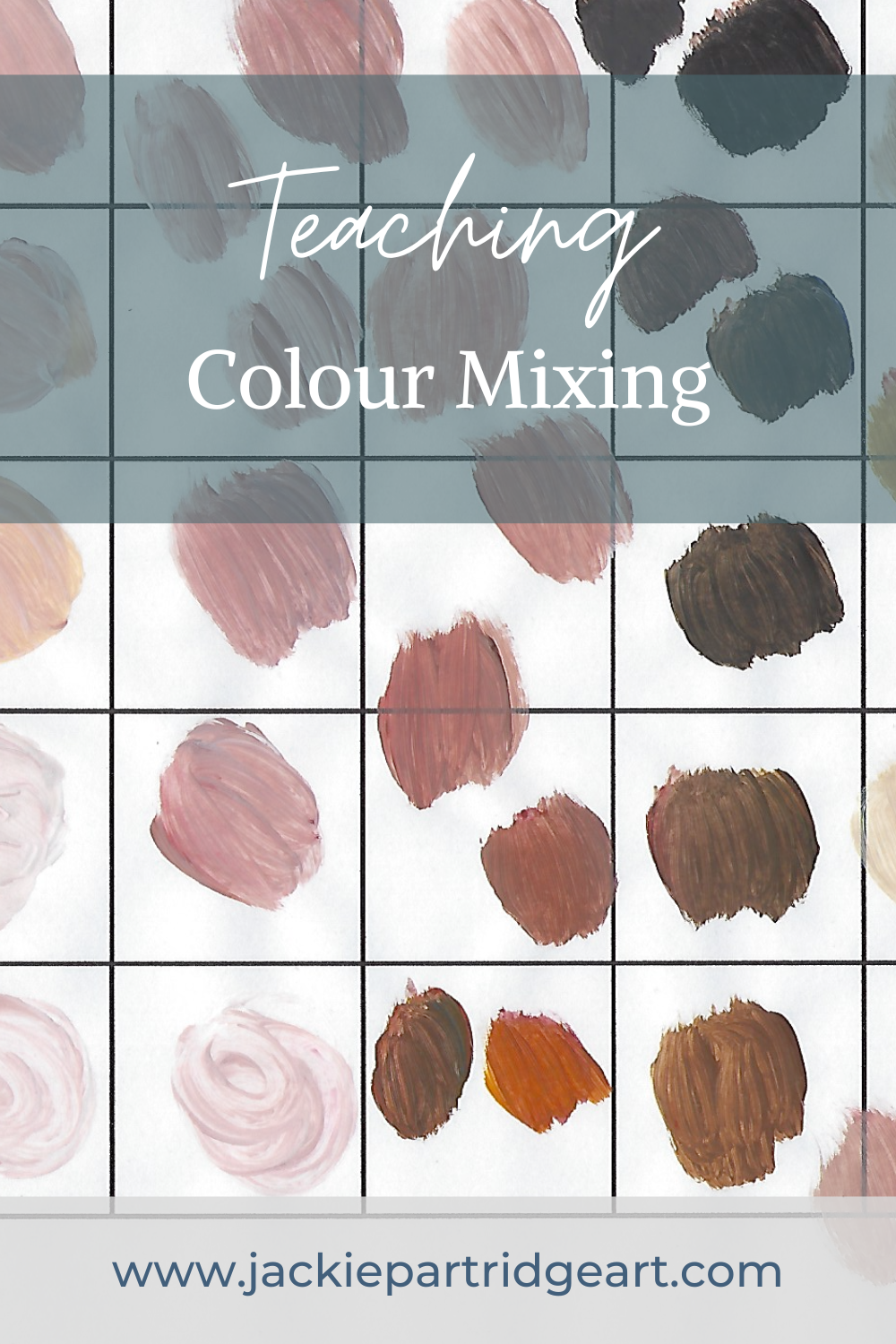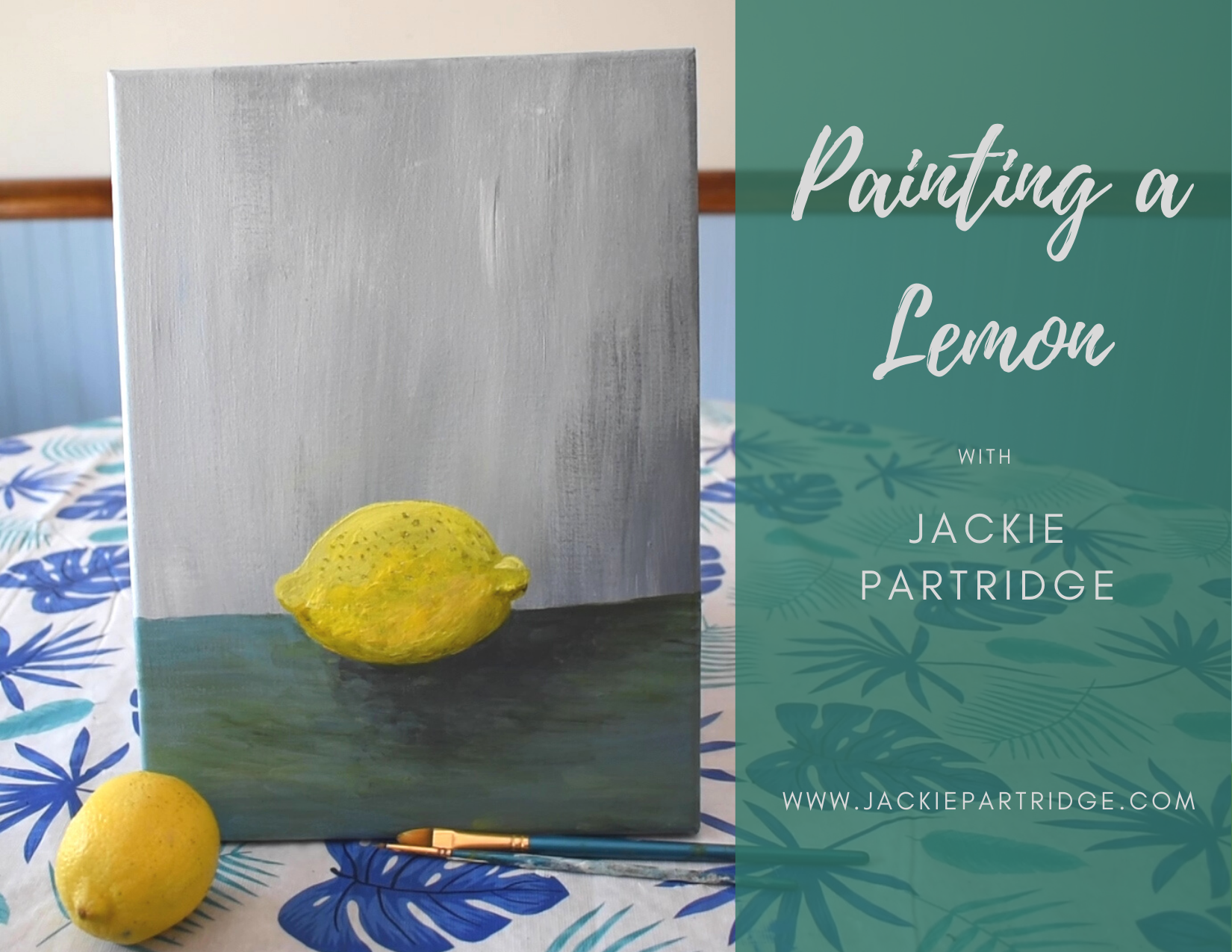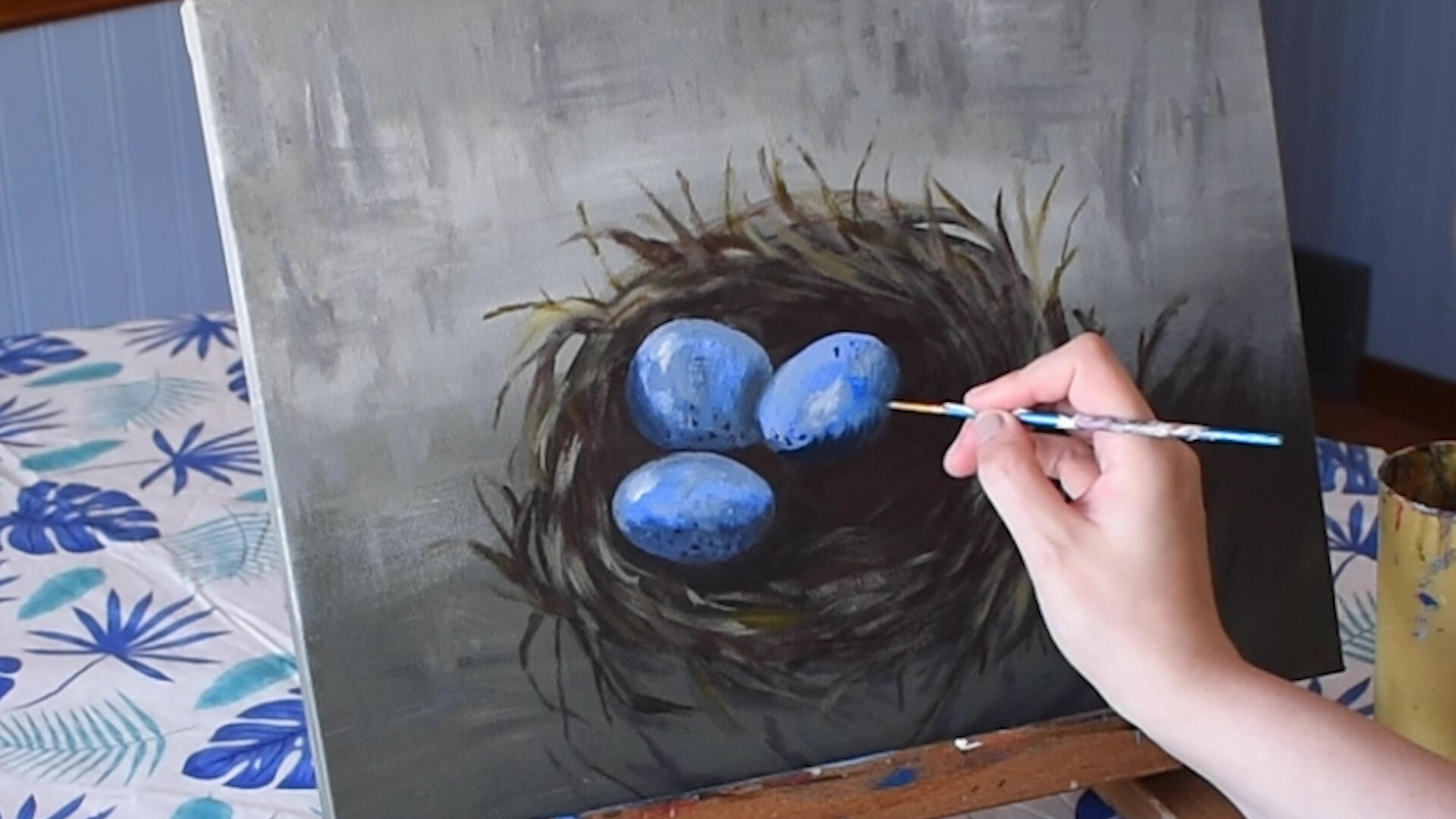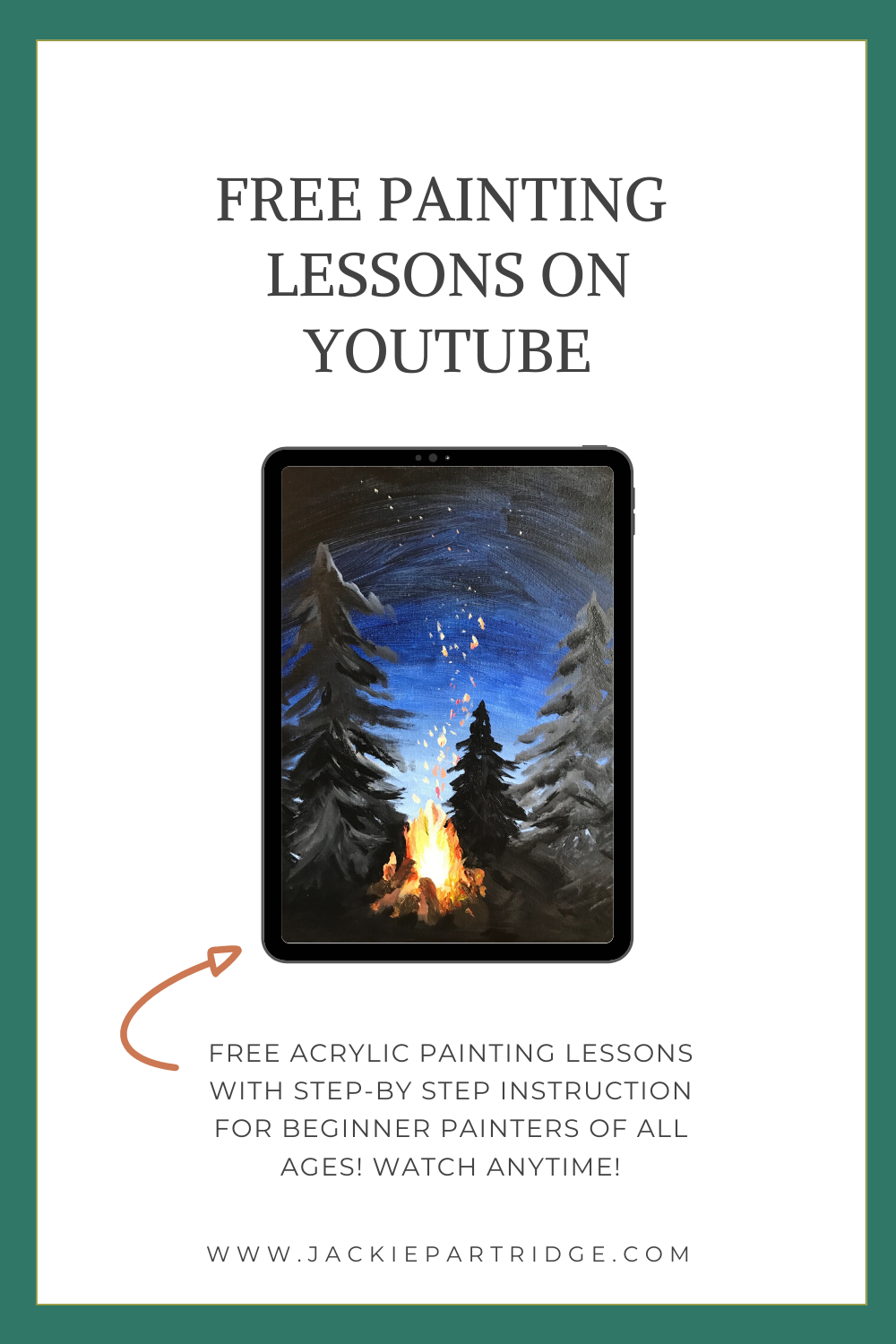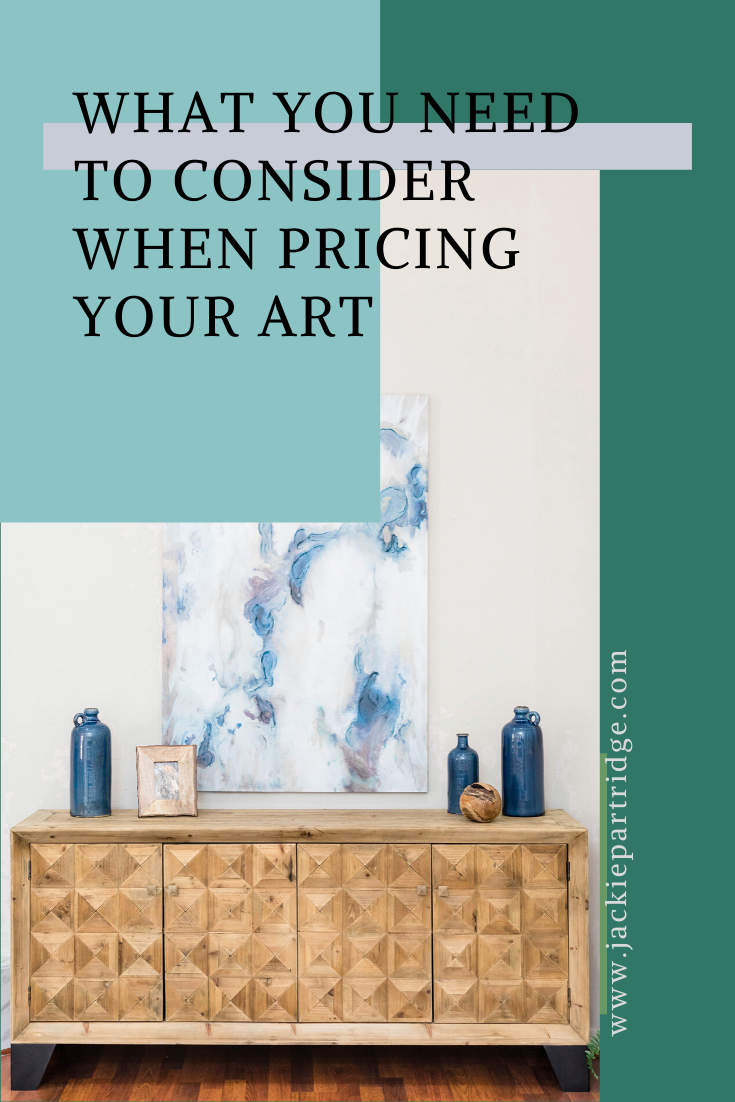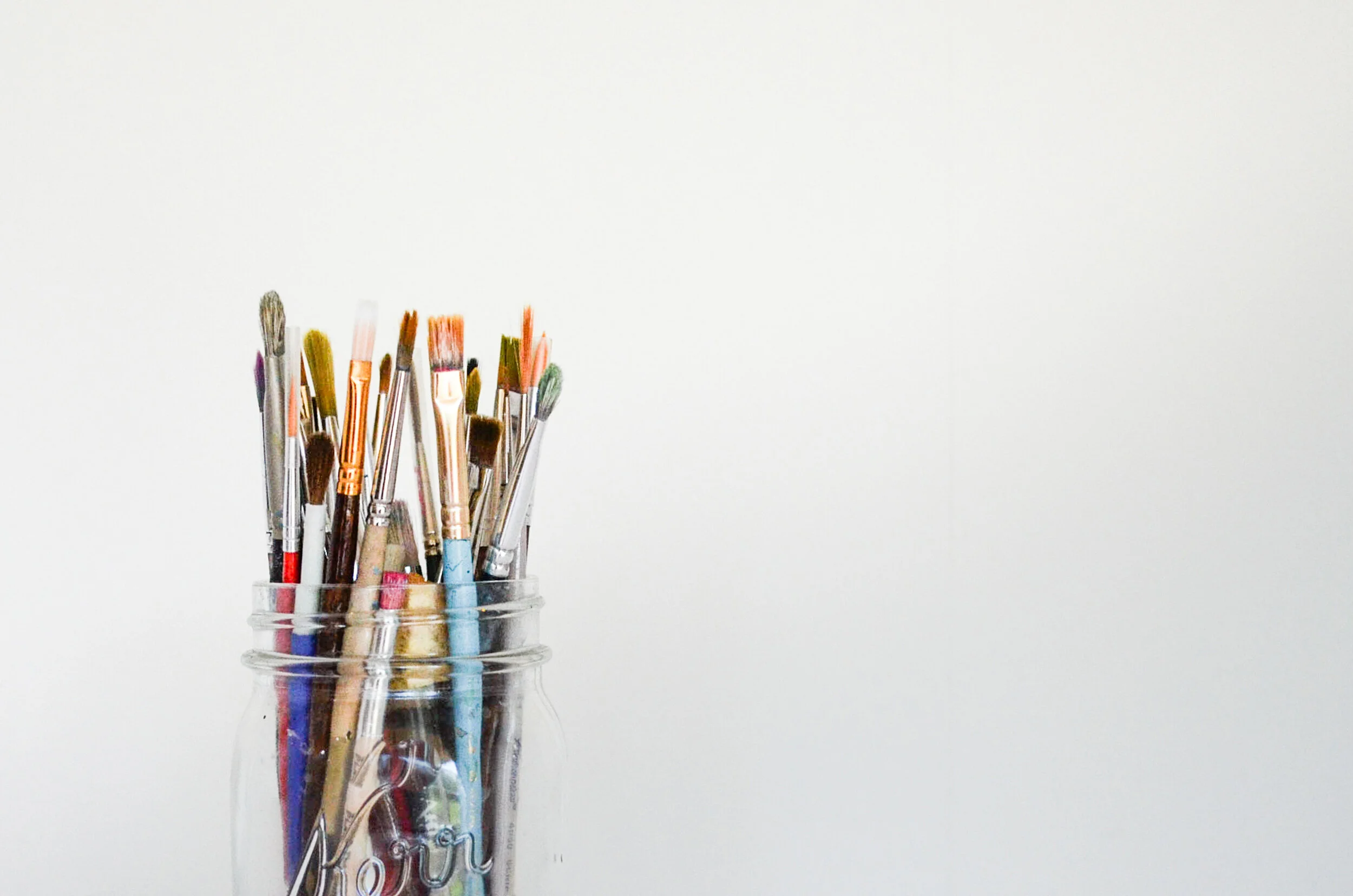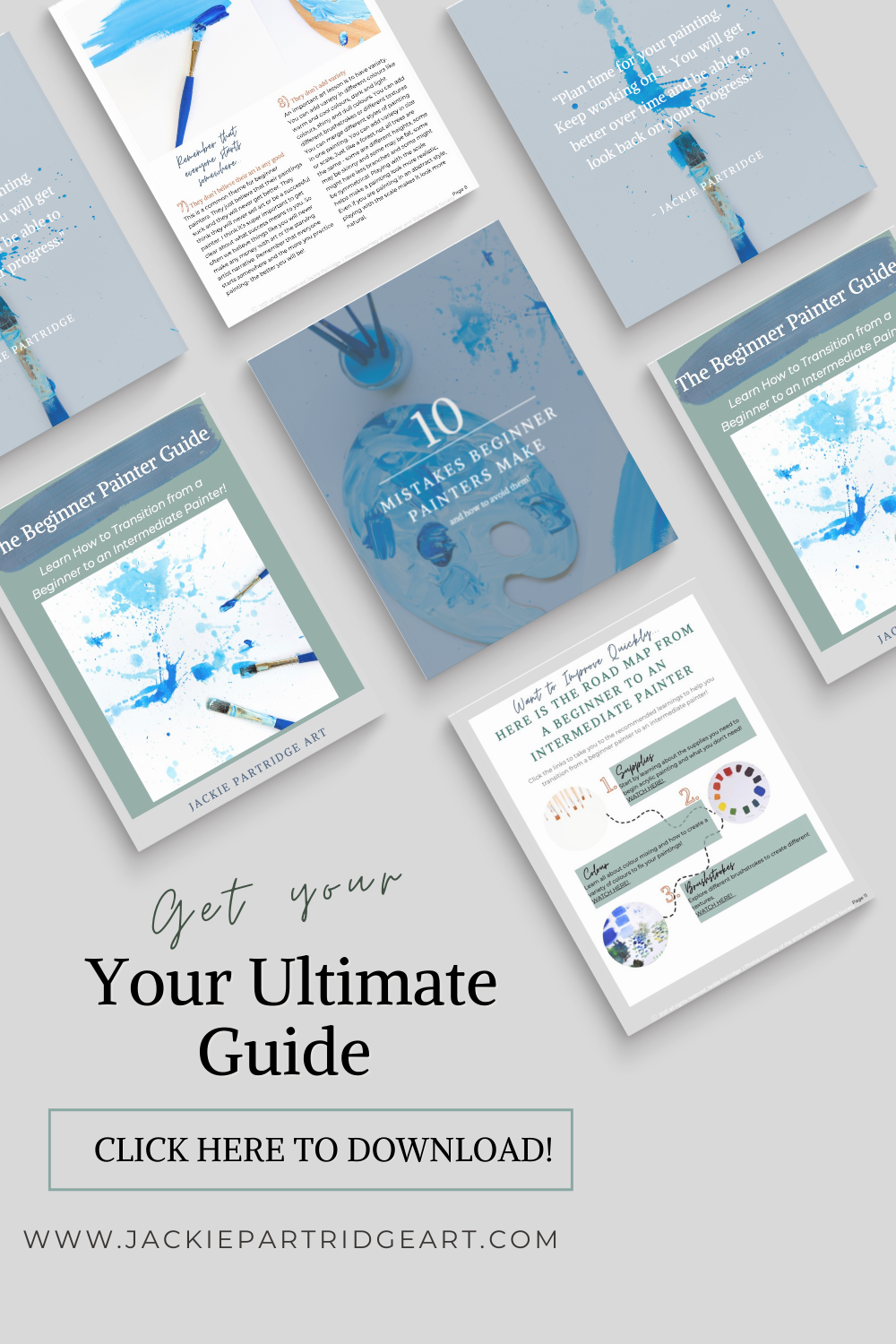3 steps to painting better landscapes - you are on your way to becoming a better landscape painter! Remember you are on a journey and painting is a skill that takes time to develop! Painting landscapes can be difficult but I will show you my 3 steps for painting better landscapes and loads of acrylic painting tips! You’ve started acrylic painting. You’ve watched countless YouTube painting tutorials of sunsets and palm trees. You have tried painting landscapes but it just doesn’t seem to look good as the landscape paintings you have seen on Pinterest or instagram. Ready to learn how to improve your landscape painting? Let’s go!
Here is the help you have been waiting for!
It’s not as hard as it seems. You are only 3 steps away from painting better landscapes! These are also the 3 common mistakes I see beginner painters making in their landscape paintings.
3 Steps for Painting a Better Landscape
Step 1: Colour Mixing
A grassy field is not the same colour of green. A cloud is not all white. Water is not the same shade of blue. This is the number one mistake I see beginner painters making is that they use the colours of paint straight from the tube. You need to mix your colours and you need to add a variety of colours to make your landscapes look more professional. I wrote a blog post all about colour mixing - you can read that here!
To see what I’m talking about -check out my video on colour mixing and mixing greens. In this video I show you how to mix a variety of greens and talk about where you should place certain greens to create a sense of perspective in your next landscape painting.
Step 2: Try Again
Another mistake I see beginner painters making is that they finish a painting -usually based off a YouTube tutorial and then move on to the next. But you can learn a lot through spending time on your painting and slowing down.
It’s not a race and there is no need to rush. You will never complete every painting YouTube tutorial out there!
Take time and look at your painting. Wait til after the painting dries and ask yourself what does it need more of? What does it need less off? And make those changes.
Sometimes I think it’s easy to forget that you can fix what you don’t like and try again. Acrylic painting is very forgiving; you can easily cover something up with more paint if you don’t like it.
This sounds obvious but the more you practice painting (especially painting the same thing) the easier it will be!
Step 3: Experiment and Test
This is the fun step. I’m sure you fell in love with acrylic painting because it’s fun and it allows you to play and be creative. It’s important to let loose. Keep learning new techniques that you will be able to pull from and use in future paintings you do. Again, you can watch a YouTube tutorial and copy every step exactly but that’s only one way of learning. INSTEAD pause the video and add your own ideas - make changes and play! Don’t see your ugly paintings as mistakes. See them as learning opportunities and go back to step two and TRY AGAIN!
With any new skill you learn it does take time and practice. I know you probably crave those beautiful paintings you see online and keep wishing that ONE DAY you will be able to paint like that too.
If you are interested in continuing to learn about acrylic painting and improving your skills with landscape painting you can check out more free resources like my YouTube Channel here!
Related Articles
Paint Better Landscapes by Painting Better Clouds
My 10 Favourite Painting Supplies
Improve your painting skills with painting coaching!
Want to improve your painting ? Learn the 10 common mistakes beginner painters make - and how you can avoid them!
Click the button to download the FREE 16 Page Guide!

